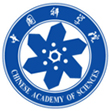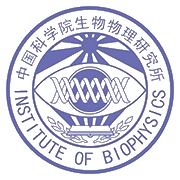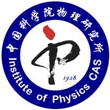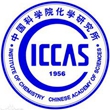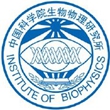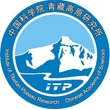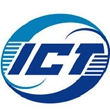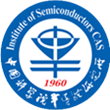Sessions 5:Information Sciences
Junfa Mao
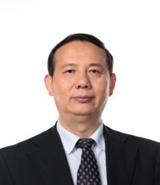
Character introduction
Junfa Mao (M’92-SM’98-F’2012) was born in 1965. He received the B.S. degree in radiation physics from the National University of Defense Technology, China, in 1985, the M.S. degree in experimental nuclear physics from Shanghai Institute of Nuclear Research, Chinese Academy of Sciences, China, in 1988, and the Ph.D. degree in electronic engineering from Shanghai Jiao Tong University, Shanghai, China, in 1992.
Since 1992, he has been a faculty member of Shanghai Jiao Tong University, where he is currently a chair professor and vice President. He was a visiting scholar at the Chinese University of Hong Kong, Hong Kong, from 1994 to 1995, and a postdoctoral researcher at the University of California, Berkeley, from 1995 to 1996. His research interests include the interconnect and package problem of integrated circuits and systems, analysis and design of microwave components and circuits. He has authored or coauthored more than 500 papers (including more than 140 IEEE journal papers).
Dr. Mao is a member of the Chinese Academy of Science. He earned the National Natural Science Award of China in 2004,the National Technology Invention Award of China in 2008 and the National Science and Technology Advancement Award of China in 2012, earned 6 best paper awards of international conferences. He also earned 2 National Awards of Teaching in 2005 and 2018. He is a chief scientist of the National Basic Research Program (973 Program) of China, a project leader of the Natural Science Foundation of China for Creative Research Groups, a Cheung Kong Scholar of the Ministry of Education, China, director of the Microwave Society of China Institute of Electronics (CIE), and the 2009-2019 Chair of IEEE MTT-S Shanghai Chapter. He is a fellow of IEEE and CIE, the director of Microwave Society of CIE. He was a member of 2012-2014 IEEE Microwave Theory and Techniques Society Fellow Evaluation Committee, a member of 2015 IEEE Fellow Committee Member, the founder and the 2007–2009 Chair of the IEEE Shanghai Section.
Since 1992, he has been a faculty member of Shanghai Jiao Tong University, where he is currently a chair professor and vice President. He was a visiting scholar at the Chinese University of Hong Kong, Hong Kong, from 1994 to 1995, and a postdoctoral researcher at the University of California, Berkeley, from 1995 to 1996. His research interests include the interconnect and package problem of integrated circuits and systems, analysis and design of microwave components and circuits. He has authored or coauthored more than 500 papers (including more than 140 IEEE journal papers).
Dr. Mao is a member of the Chinese Academy of Science. He earned the National Natural Science Award of China in 2004,the National Technology Invention Award of China in 2008 and the National Science and Technology Advancement Award of China in 2012, earned 6 best paper awards of international conferences. He also earned 2 National Awards of Teaching in 2005 and 2018. He is a chief scientist of the National Basic Research Program (973 Program) of China, a project leader of the Natural Science Foundation of China for Creative Research Groups, a Cheung Kong Scholar of the Ministry of Education, China, director of the Microwave Society of China Institute of Electronics (CIE), and the 2009-2019 Chair of IEEE MTT-S Shanghai Chapter. He is a fellow of IEEE and CIE, the director of Microwave Society of CIE. He was a member of 2012-2014 IEEE Microwave Theory and Techniques Society Fellow Evaluation Committee, a member of 2015 IEEE Fellow Committee Member, the founder and the 2007–2009 Chair of the IEEE Shanghai Section.
Topic: Semiconductor Heterogeneous Integration for Millimeter Wave Circuits and Systems
Abstract Millimeter wave semiconductor heterogeneous integration can integrate high-performance devices or chips (such as GaAs, GaN, InP and other compound semiconductor), silicon-based low-cost, high-integration devices or chips, and passive devices (including MEMS) or antennas by heterogeneous epitaxial grow and bonding to obtain a single Millimeter wave Circuit or System. The heterogeneous integration technology has many advantages for electronic system integration. In this talk, the introduction, key scientific problems and some research advances about this technology will be given.
Previous Jonathan Knight
Next Siegfried Selberherr
